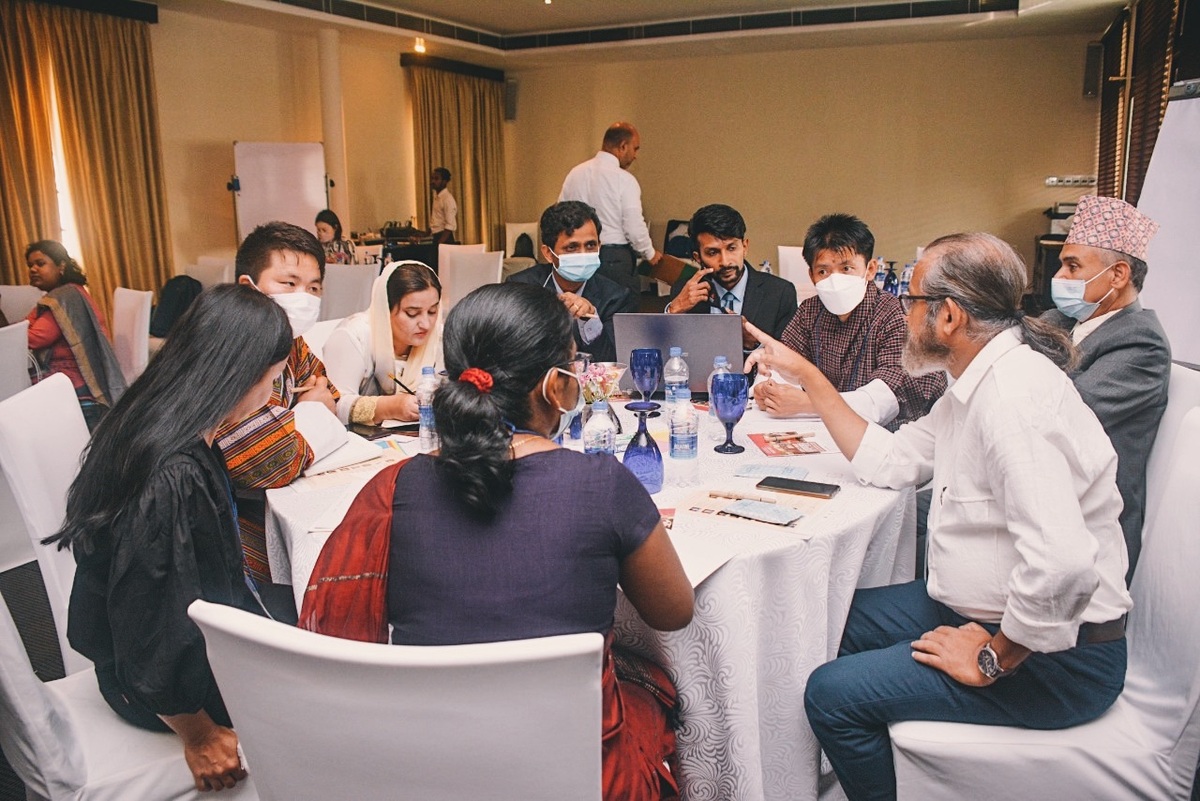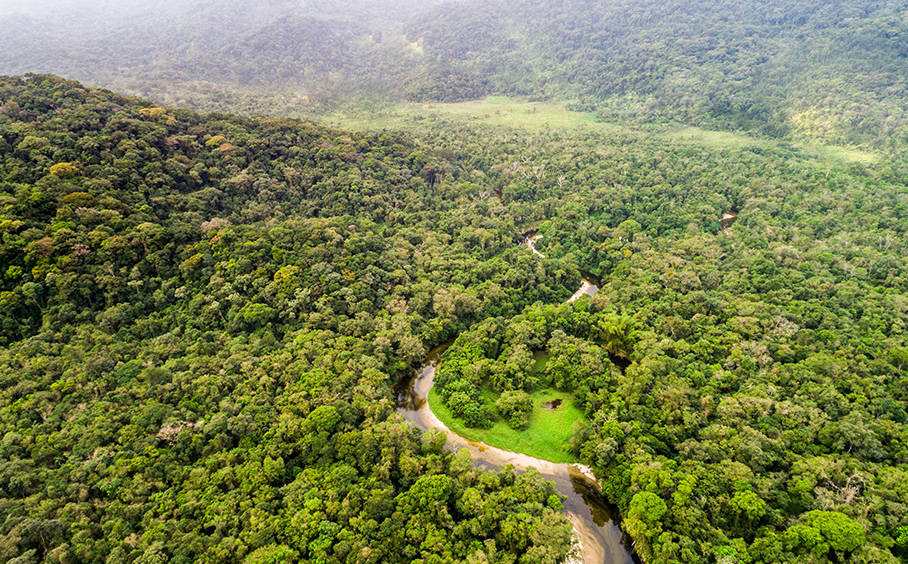Location
Area in need of flood control, Japan
Japan is prone to natural disasters, with several areas prone to flooding due to heavy rains and typhoons, which can cause extensive inundation damage. Preventing flood damage is called "chisui" in Japanese, meaning "to subdue water". In flood-prone areas, it is essential to avoid flood damage through "chisui”.
Issue
Increased rainfall due to climate change
Climate change is causing extreme weather, and in Japan, the increase in rainfall has become a serious issue. For example, the typhoon that hit Eastern Japan in 2019, in many locations in several prefectures recorded the highest 3-, 6-, 12-, and 24-hour precipitation amounts ever observed. This heavy rainfall caused a series of rivers to overflow over a wide area, as well as landslides and flooding damage, and these damages created damage to homes, lifelines roads, and other public facilities.
Solution / Lesson learned
Effort to compile the overall picture of flood control measures
In order to prevent damage from heavy rainfalls, the Ministry of Land, Infrastructure, Transport and Tourism of Japan started a “Watershed Flood Control Project” project in March 2021. There are three countermeasures for flood controlling under this project, which is “Measures to prevent flooding”, “Measures to reduce damage” and “Measures to mitigate damage and ensure early recovery and reconstruction”. This project is very significant in that it addresses these three aspects of flood control into consideration simultaneously. Collaborating with multiple stakeholders under these measures is expected to accelerate and promote comprehensive and multi-layered water-related disaster prevention measures that will be undertaken throughout the basin.





